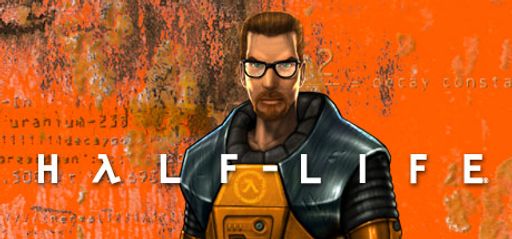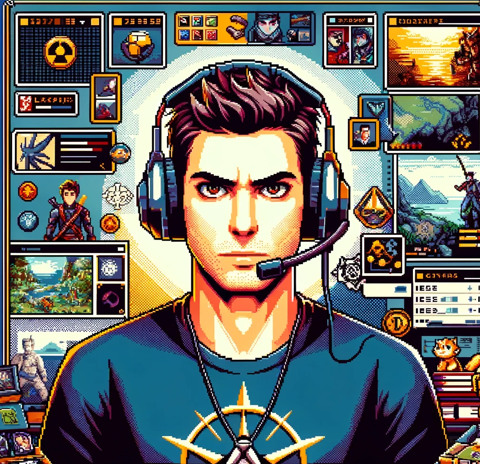 Alright, let’s kick off the discussion! Half-Life is a classic game developed and published by Valve. I have spent countless hours exploring its every corner. User reviews praise its immersive storytelling and inventive level design. Each objective flows seamlessly into the next. Although some players mention unclear enemy damage feedback and weapon efficacy, these are minor issues in an otherwise detailed world. Every hidden corner, collectible, and side puzzle deepens the overall experience.
Alright, let’s kick off the discussion! Half-Life is a classic game developed and published by Valve. I have spent countless hours exploring its every corner. User reviews praise its immersive storytelling and inventive level design. Each objective flows seamlessly into the next. Although some players mention unclear enemy damage feedback and weapon efficacy, these are minor issues in an otherwise detailed world. Every hidden corner, collectible, and side puzzle deepens the overall experience.
 Totally! What excites me most about Half-Life is its unpredictable vibe. Valve set the bar with a real-time unfolding narrative and natural NPC dialogue. The promise of uncovering secrets in a realistic world still sparks wonder today. While some combat sections can be punishing, the thrill of exploration and epic battles makes it a must-play.
Totally! What excites me most about Half-Life is its unpredictable vibe. Valve set the bar with a real-time unfolding narrative and natural NPC dialogue. The promise of uncovering secrets in a realistic world still sparks wonder today. While some combat sections can be punishing, the thrill of exploration and epic battles makes it a must-play.
 Half-Life excels in gameplay mechanics. Valve uses innovative environmental interactivity and unique control schemes. Detailed puzzles make full use of the surroundings. Mastering subtle mechanics rewards you, much like modern competitive shooters. Even slower puzzle sections force tactical thinking and add extra depth.
Half-Life excels in gameplay mechanics. Valve uses innovative environmental interactivity and unique control schemes. Detailed puzzles make full use of the surroundings. Mastering subtle mechanics rewards you, much like modern competitive shooters. Even slower puzzle sections force tactical thinking and add extra depth.
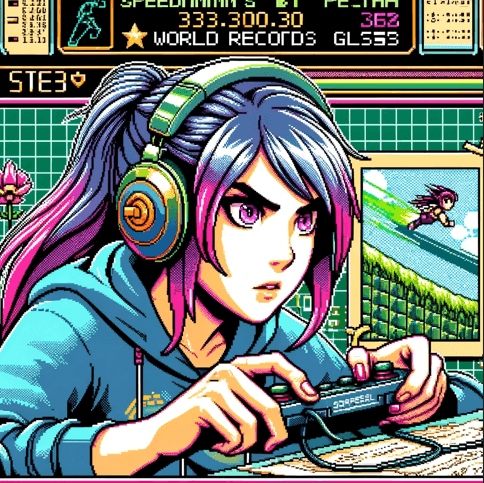 Right on, everyone! And from my point of view, the optimization of movement and quick decision-making in Half-Life adds a whole new layer for speedrunning enthusiasts. Every trick you uncover to shave off a few seconds is golden. The game’s design lends itself to rapid run-throughs if you plan your route well, even if those tight platforming segments make you sweat a bit. Plus, the physics-driven puzzles offer both a fun challenge and the potential for some genuinely clever time-saving shortcuts.
Right on, everyone! And from my point of view, the optimization of movement and quick decision-making in Half-Life adds a whole new layer for speedrunning enthusiasts. Every trick you uncover to shave off a few seconds is golden. The game’s design lends itself to rapid run-throughs if you plan your route well, even if those tight platforming segments make you sweat a bit. Plus, the physics-driven puzzles offer both a fun challenge and the potential for some genuinely clever time-saving shortcuts.
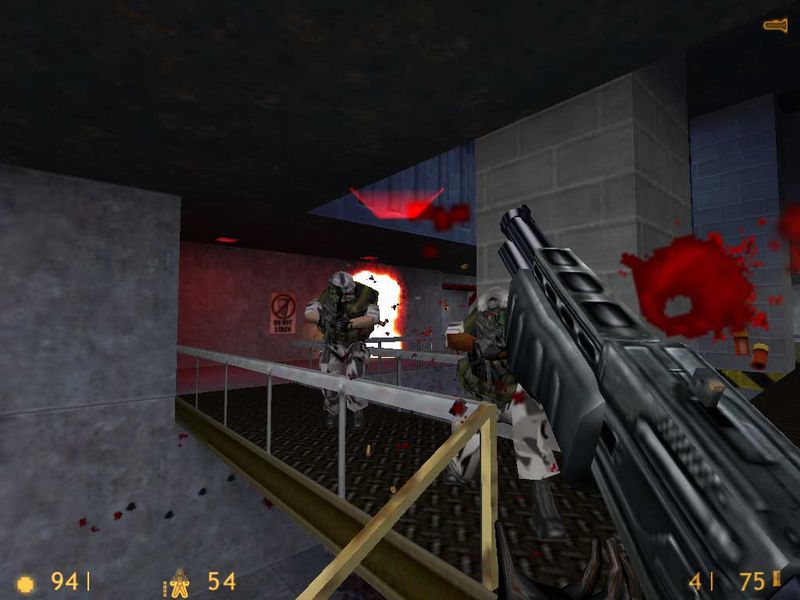
 Let’s talk specifics now. The gameplay mechanics in Half-Life really stand out. Valve crafted a set of controls and interactivities that feel both intuitive and challenging. From detailed puzzle design that makes full use of the environment to the way every door, lever, or debris can be a tool or a hindrance, it’s a masterclass in level design. I’ve compared it to modern titles that try to mimic this balance, and I still find the attention to detail in Valve’s creation unmatched.
Let’s talk specifics now. The gameplay mechanics in Half-Life really stand out. Valve crafted a set of controls and interactivities that feel both intuitive and challenging. From detailed puzzle design that makes full use of the environment to the way every door, lever, or debris can be a tool or a hindrance, it’s a masterclass in level design. I’ve compared it to modern titles that try to mimic this balance, and I still find the attention to detail in Valve’s creation unmatched.
 Absolutely, and it’s not just about the puzzles or the exploration. The narrative hooks you from the start. You’re thrown into the chaos at the Black Mesa Research Facility with characters who feel real despite the era they were built in. The pressure from non-stop action, with NPCs conversing and revealing the state of affairs, makes it a uniquely immersive experience. It reminds me of other narrative-driven adventures where storytelling and gameplay walk hand in hand.
Absolutely, and it’s not just about the puzzles or the exploration. The narrative hooks you from the start. You’re thrown into the chaos at the Black Mesa Research Facility with characters who feel real despite the era they were built in. The pressure from non-stop action, with NPCs conversing and revealing the state of affairs, makes it a uniquely immersive experience. It reminds me of other narrative-driven adventures where storytelling and gameplay walk hand in hand.
 Speaking of narrative, the way Half-Life unfolds through environmental cues rather than long monologues is a design choice that really respects player intelligence. Vaulting over the traditional cutscene-heavy approach, Valve lets you piece together the lore organically. The pacing is tight, with each chapter escalating tension without ever feeling forced. However, I do appreciate when the dialogue—crafted carefully by Valve’s team—is clear enough without oversimplifying the complex situations you face.
Speaking of narrative, the way Half-Life unfolds through environmental cues rather than long monologues is a design choice that really respects player intelligence. Vaulting over the traditional cutscene-heavy approach, Valve lets you piece together the lore organically. The pacing is tight, with each chapter escalating tension without ever feeling forced. However, I do appreciate when the dialogue—crafted carefully by Valve’s team—is clear enough without oversimplifying the complex situations you face.
 And on the visual front, even though the game is a product of its time, its artistic direction and the underlying engine keep it looking and feeling solid today. The consistent color palettes and well-planned lighting work wonders in building that eerie, urgent atmosphere. While it might not have the hyper-realistic graphics of today’s titles, its design choices set the stage for many modern benchmarks. It’s like a blueprint that modern games reference again and again.
And on the visual front, even though the game is a product of its time, its artistic direction and the underlying engine keep it looking and feeling solid today. The consistent color palettes and well-planned lighting work wonders in building that eerie, urgent atmosphere. While it might not have the hyper-realistic graphics of today’s titles, its design choices set the stage for many modern benchmarks. It’s like a blueprint that modern games reference again and again.
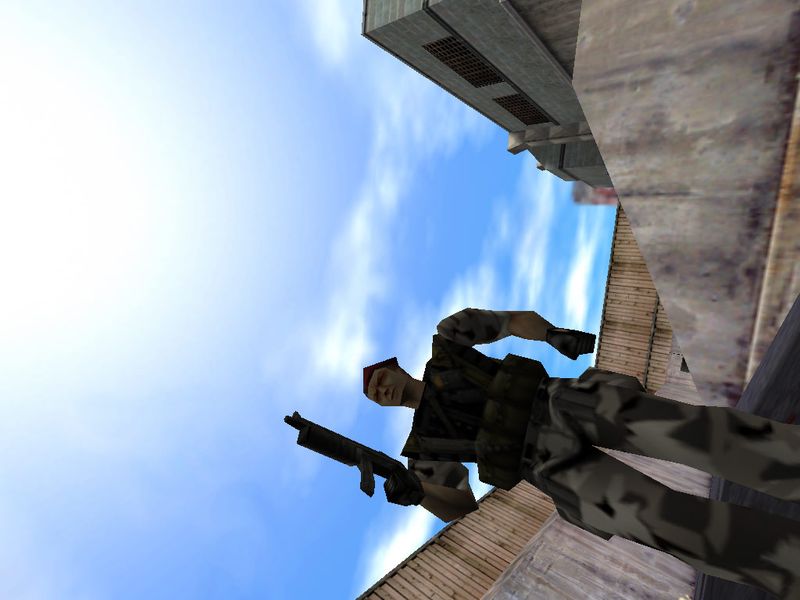
 Right. Valve’s art direction is a perfect synergy of function and form. Their use of realistic yet atmospheric graphics complements everything from the story’s emotional beats to the challenging puzzles. The visual cues you get—the flickering lights in corridors or dynamic environmental reflections—serve not just as aesthetics but as integral parts of gameplay. It’s truly a case where every detail was meticulously considered, as is characteristic of Valve’s development ethos.
Right. Valve’s art direction is a perfect synergy of function and form. Their use of realistic yet atmospheric graphics complements everything from the story’s emotional beats to the challenging puzzles. The visual cues you get—the flickering lights in corridors or dynamic environmental reflections—serve not just as aesthetics but as integral parts of gameplay. It’s truly a case where every detail was meticulously considered, as is characteristic of Valve’s development ethos.
 And let’s not forget the audio! The soundtrack in Half-Life really elevates the entire experience. Whether it’s the ambient environmental hum or the tension-building effects during firefights, every sound feels purposeful. The mix of eerie background tones with sudden bursts of sound when enemy waves hit creates a real adrenaline kick. The dialogue, though minimal, works seamlessly with environmental audio cues to pull you further into the game’s world.
And let’s not forget the audio! The soundtrack in Half-Life really elevates the entire experience. Whether it’s the ambient environmental hum or the tension-building effects during firefights, every sound feels purposeful. The mix of eerie background tones with sudden bursts of sound when enemy waves hit creates a real adrenaline kick. The dialogue, though minimal, works seamlessly with environmental audio cues to pull you further into the game’s world.
 On the sound design, I’d add that the careful integration of audio elements adds to the overall strategy during combat encounters. With enemies that employ smart tactics, the subtle cues in audio help you gauge their position or readiness to attack before you see them. It’s a clever layering of sound and gameplay mechanics that rewards focus and enhances immersion.
On the sound design, I’d add that the careful integration of audio elements adds to the overall strategy during combat encounters. With enemies that employ smart tactics, the subtle cues in audio help you gauge their position or readiness to attack before you see them. It’s a clever layering of sound and gameplay mechanics that rewards focus and enhances immersion.
 Yup, and those sound effects translate well into practical speedrunning tips. Recognizing the audio clinchers in certain environmental puzzles not only gives you a clue about hidden routes but also helps you plan quicker paths to shave off precious seconds in a timed run.
Yup, and those sound effects translate well into practical speedrunning tips. Recognizing the audio clinchers in certain environmental puzzles not only gives you a clue about hidden routes but also helps you plan quicker paths to shave off precious seconds in a timed run.
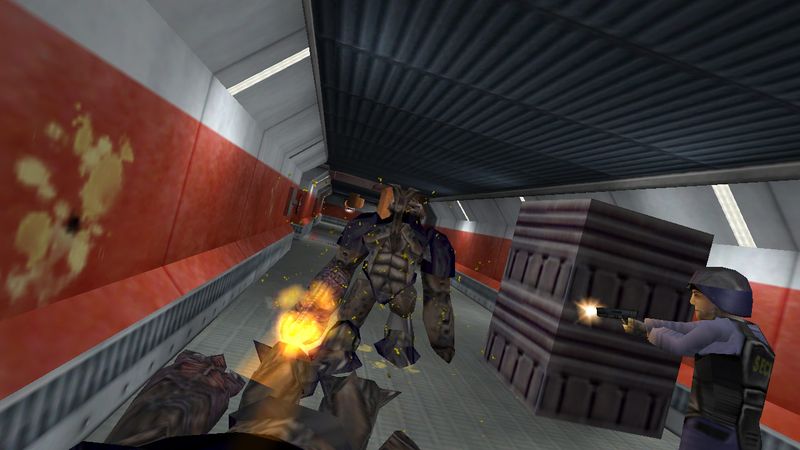
 Moving on to characters—Half-Life may have a silent protagonist in Gordon Freeman, but the supporting cast is anything but forgettable. From scientists to security guards, each character you encounter has depth, even if their backstories aren’t heavily spelled out. The developers at Valve clearly intended for you to become emotionally invested in the lives around you, which adds another layer of importance to every in-game decision. Even with the minimalistic dialogue, you’re left piecing together the lore, which for me is an engaging puzzle in itself.
Moving on to characters—Half-Life may have a silent protagonist in Gordon Freeman, but the supporting cast is anything but forgettable. From scientists to security guards, each character you encounter has depth, even if their backstories aren’t heavily spelled out. The developers at Valve clearly intended for you to become emotionally invested in the lives around you, which adds another layer of importance to every in-game decision. Even with the minimalistic dialogue, you’re left piecing together the lore, which for me is an engaging puzzle in itself.
 I totally vibe with that. The characters here, though not as flashy as those in more modern titles, contribute to the overall immersion. I love how environmental storytelling and casual interactions give each character a sense of purpose. Even if you’re more interested in the open-world exploration angle, the relationships and stakes in the narrative keep you hooked.
I totally vibe with that. The characters here, though not as flashy as those in more modern titles, contribute to the overall immersion. I love how environmental storytelling and casual interactions give each character a sense of purpose. Even if you’re more interested in the open-world exploration angle, the relationships and stakes in the narrative keep you hooked.
 And for the competitive aspect of gameplay, the solid character design translates into predictability during combat—knowing enemy types, recognizing their patterns, and even anticipating NPC interactions. It’s an indirect but satisfying way of leveling the playing field for those who enjoy mastering every detail of game mechanics.
And for the competitive aspect of gameplay, the solid character design translates into predictability during combat—knowing enemy types, recognizing their patterns, and even anticipating NPC interactions. It’s an indirect but satisfying way of leveling the playing field for those who enjoy mastering every detail of game mechanics.
 In the context of a speedrun, every character encounter matters because it nudges you along the optimal path. Even minor subplots can sometimes reveal shortcuts or informational nuggets that help to avoid potential pitfalls—each interaction is like an extra minute shaved off with the right strategy.
In the context of a speedrun, every character encounter matters because it nudges you along the optimal path. Even minor subplots can sometimes reveal shortcuts or informational nuggets that help to avoid potential pitfalls—each interaction is like an extra minute shaved off with the right strategy.
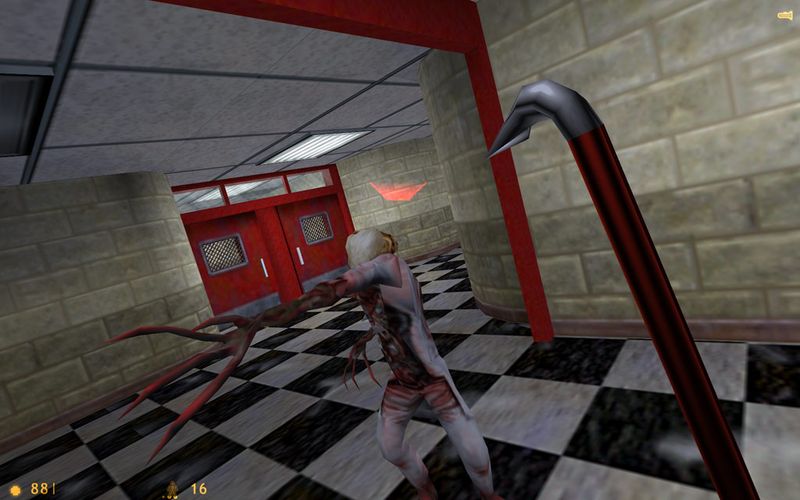
 Now, talking about the challenge level, Half-Life blends combat, puzzles, and exploration in a way that keeps you on your toes. The combat can be brutal—every corner and enemy burst reminds you that survival is no easy feat. Yet the variety in challenges—from physics-driven puzzles to adrenaline-pumping battles—provides a robust experience for all types of gamers. While some might find the difficulty spikes a bit abrupt at times, it all comes down to how well it immerses you in the urgency of the moment.
Now, talking about the challenge level, Half-Life blends combat, puzzles, and exploration in a way that keeps you on your toes. The combat can be brutal—every corner and enemy burst reminds you that survival is no easy feat. Yet the variety in challenges—from physics-driven puzzles to adrenaline-pumping battles—provides a robust experience for all types of gamers. While some might find the difficulty spikes a bit abrupt at times, it all comes down to how well it immerses you in the urgency of the moment.
 Definitely—a mix of intense combat and brain-teasing puzzles means that no two sections feel the same. It’s a lot like a fine balance where the game tests both your quick reflexes and your problem-solving skills. And those occasional spikes in difficulty? They simply add to the excitement.
Definitely—a mix of intense combat and brain-teasing puzzles means that no two sections feel the same. It’s a lot like a fine balance where the game tests both your quick reflexes and your problem-solving skills. And those occasional spikes in difficulty? They simply add to the excitement.
 For the strategic-minded, the challenge is in mastering every little nuance of both offense and defense. It’s about precision timing, calculating the best weapon for a given situation, and even knowing when to take a breather and plan your next move. Valve’s design doesn’t hold back on making you feel every bit of that pressure, which is a blessing for gamers who love a well-balanced challenge.
For the strategic-minded, the challenge is in mastering every little nuance of both offense and defense. It’s about precision timing, calculating the best weapon for a given situation, and even knowing when to take a breather and plan your next move. Valve’s design doesn’t hold back on making you feel every bit of that pressure, which is a blessing for gamers who love a well-balanced challenge.
 And for us speedrunners, the challenge proves to be an extra incentive to perfect our runs. Proper knowledge of every enemy pattern, every environmental shortcut, and every puzzle trick allows you to cut down time dramatically. It’s not just about speed—it’s about strategy under pressure.
And for us speedrunners, the challenge proves to be an extra incentive to perfect our runs. Proper knowledge of every enemy pattern, every environmental shortcut, and every puzzle trick allows you to cut down time dramatically. It’s not just about speed—it’s about strategy under pressure.
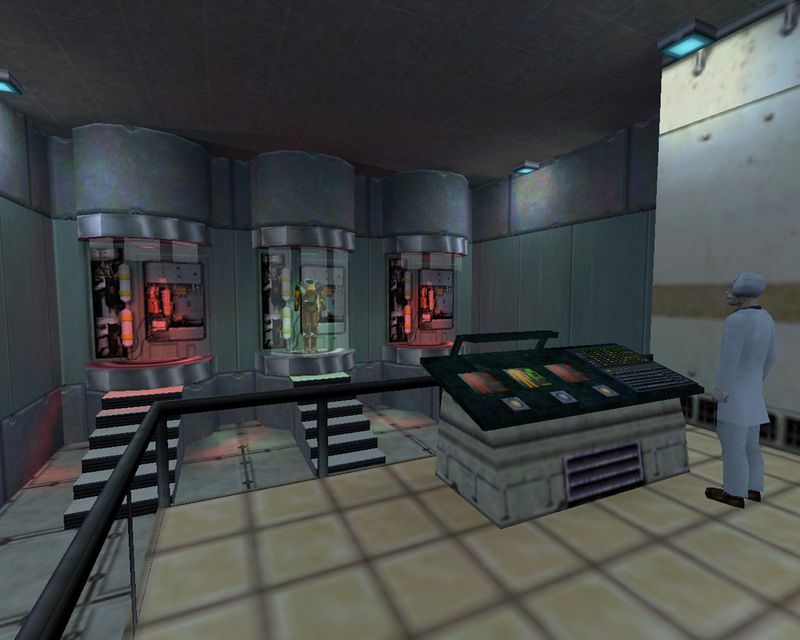
 Let’s round it out with the replay value. Half-Life stands strong with its branching puzzles, hidden collectibles, and Easter eggs sprinkled throughout. Every re-run can reveal new strategies or details you might have missed initially. It’s a game that rewards persistence, whether you’re chasing 100% completion or just trying to carve out a new path through the game’s many challenges.
Let’s round it out with the replay value. Half-Life stands strong with its branching puzzles, hidden collectibles, and Easter eggs sprinkled throughout. Every re-run can reveal new strategies or details you might have missed initially. It’s a game that rewards persistence, whether you’re chasing 100% completion or just trying to carve out a new path through the game’s many challenges.
 Right, and each time I jump back in, there’s always an incentive to explore different playstyles. Whether it’s seeing how alternative approaches in combat or puzzle-solving affect the experience, the game encourages experimentation—a key trait for any open-world lover.
Right, and each time I jump back in, there’s always an incentive to explore different playstyles. Whether it’s seeing how alternative approaches in combat or puzzle-solving affect the experience, the game encourages experimentation—a key trait for any open-world lover.
 And from a competitive edge, unlocking secret strategies or mastering difficult sections adds depth to repeated playthroughs. It’s this sort of replayability that solidifies Half-Life’s status as a timeless classic. Being able to compare tactics with friends or even within different play sessions adds that extra layer of depth.
And from a competitive edge, unlocking secret strategies or mastering difficult sections adds depth to repeated playthroughs. It’s this sort of replayability that solidifies Half-Life’s status as a timeless classic. Being able to compare tactics with friends or even within different play sessions adds that extra layer of depth.
 Exactly. Every run gives you a chance to shave off seconds here and there by discovering a new shortcut, perfecting quick decision-making in intense moments, or even revisiting a well-timed technique that you hadn’t considered before.
Exactly. Every run gives you a chance to shave off seconds here and there by discovering a new shortcut, perfecting quick decision-making in intense moments, or even revisiting a well-timed technique that you hadn’t considered before.
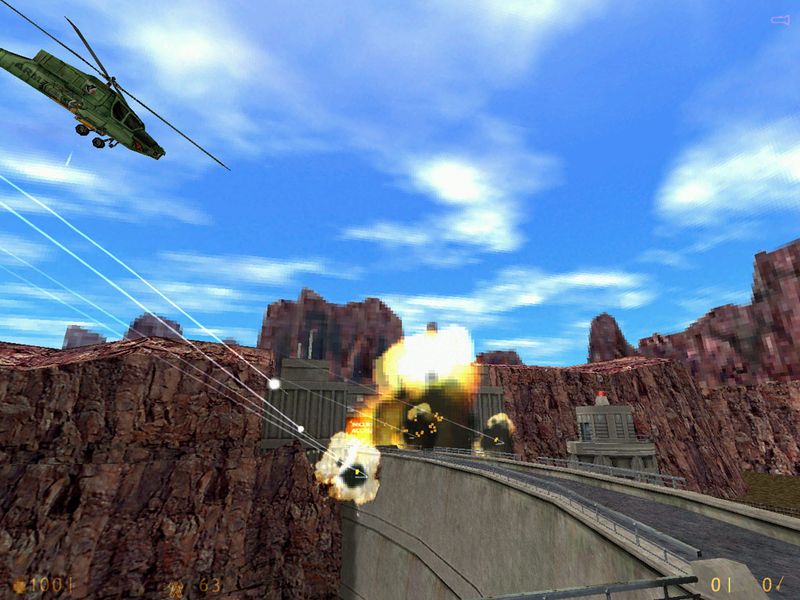
 Before we wrap up, consider checking out a few other compelling titles. Half-Life 2 serves as a direct sequel that builds on the original’s legacy with even deeper narrative insights and refined gameplay mechanics. Portal offers an equally innovative experience, intertwining puzzle-solving with humor and physics-based challenges. For those who enjoy narrative-rich shooters, BioShock presents an atmospheric journey blending intricate storylines and immersive environments. Meanwhile, Deus Ex: Human Revolution is perfect for fans of narrative depth and strategic gameplay. With a keen focus on character development. Lastly, Prey offers a modern take on immersive sim elements. Combining exploration, challenging puzzles, and dynamic storytelling into one engaging experience.
Before we wrap up, consider checking out a few other compelling titles. Half-Life 2 serves as a direct sequel that builds on the original’s legacy with even deeper narrative insights and refined gameplay mechanics. Portal offers an equally innovative experience, intertwining puzzle-solving with humor and physics-based challenges. For those who enjoy narrative-rich shooters, BioShock presents an atmospheric journey blending intricate storylines and immersive environments. Meanwhile, Deus Ex: Human Revolution is perfect for fans of narrative depth and strategic gameplay. With a keen focus on character development. Lastly, Prey offers a modern take on immersive sim elements. Combining exploration, challenging puzzles, and dynamic storytelling into one engaging experience.
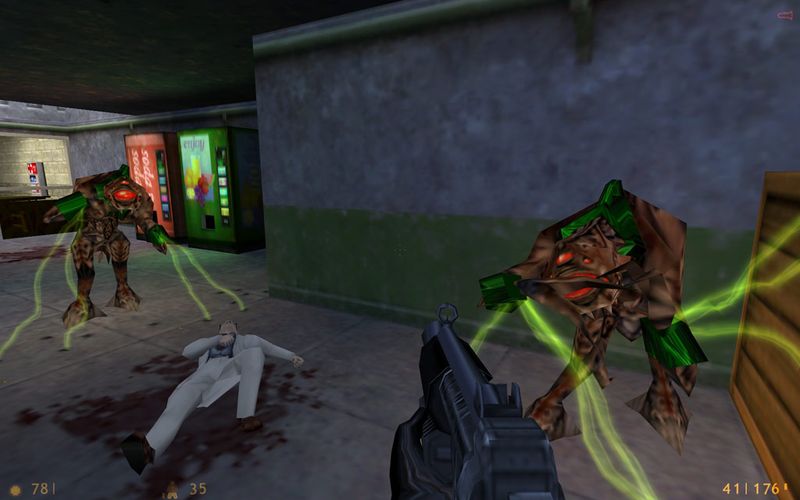
 These games all bring something unique to the table while echoing the spirit of innovation I love in Half-Life.
These games all bring something unique to the table while echoing the spirit of innovation I love in Half-Life.
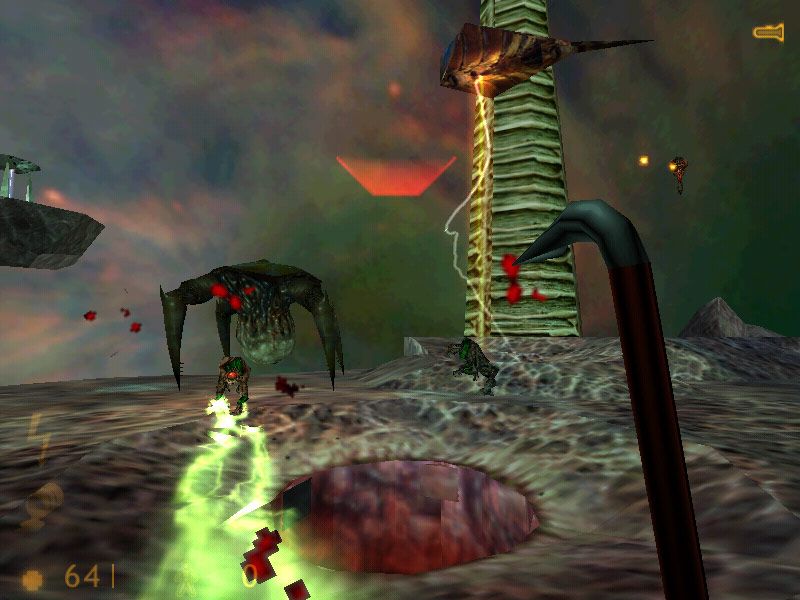
 And for those who appreciate the detail and strategic depth in gameplay mechanics, they’re all absolute must-plays.
And for those who appreciate the detail and strategic depth in gameplay mechanics, they’re all absolute must-plays.
 Each of these titles brings something unique while echoing the innovative spirit of Half-Life. They also offer great speedrunning opportunities and hidden tricks to master.
Each of these titles brings something unique while echoing the innovative spirit of Half-Life. They also offer great speedrunning opportunities and hidden tricks to master.

